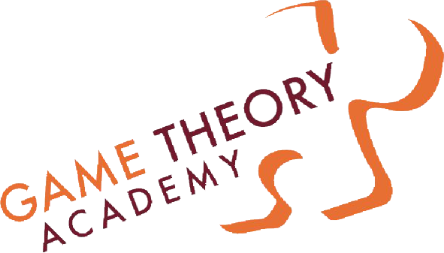This essay is one in a series written by GTA students for American Banker magazine’s Bank Think blog.
 I opened my very first bank account during my sophomore year in high school, when I was receiving a paycheck ranging from $7 to $30 every two weeks for my job as a tutor at my school. I opened the account because my mother read an advertisement outside a bank that claimed to give $100 to anyone opening a new bank account during a certain time period if they put $50 in the account.
I opened my very first bank account during my sophomore year in high school, when I was receiving a paycheck ranging from $7 to $30 every two weeks for my job as a tutor at my school. I opened the account because my mother read an advertisement outside a bank that claimed to give $100 to anyone opening a new bank account during a certain time period if they put $50 in the account.
As the daughter of two very hard working parents, a sibling to five others, and a minority student from a low-income household, I saw this incentive as a great way for me to save a little cash for school necessities while also being able to save what I was earning from tutoring. However, when I went to the bank to open my new account that I so long anticipated, I was told that the $100 only applied to customers who were 18 or older. What a scam, I thought!
My first interaction with a bank was not at all satisfying because I felt that it did not provide detailed information that was customer-friendly, easy to read and interpret, since my parents misunderstood and so did other Hispanic customers. Later on when I went to cash my checks, I had to wait in line because I was unsure about how to use the ATM machines. I didn’t want to look dumb in front a large line, so I would rush to the bank after school and get there just in time before it closed. I wish that banks would show first-time customers how to work the machines. I felt embarrassed trying something new, five minutes before the bank closes, with a crowd behind me. If someone had taken the time to show me how the ATM machine worked, this could have been avoided.
Netsay Ramos is a student in Oakland, California, and an alumna of Game Theory Academy.
